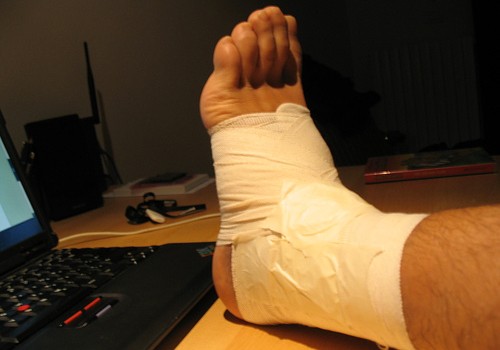
Ankle and Wrist Sprains Caused By Lack Of Strength and Mobility
In order for the force generated by the big muscles at the centre of your body to push against the ground or against the ball, bat, racket and so forth, the hands and feet must be used. The ankles, and especially the wrists, are designed for articulation and mobility rather than for strength. As a result, they are commonly injured. A sprain is damage to the ligaments that hold the joint together and can be very serious as well as painful; many people who have had both injuries say that a sprained ankle is more painful than a broken one. Strengthening your wrists and ankles and warming up are good ways to reduce the liklihood of injury.
- Important notification about information and brand names used in this slideshow!
- Photo courtesy of Slip by Flickr : www.flickr.com/photos/slip/305886698/
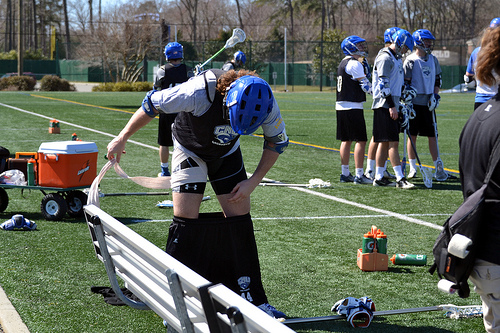
Hamstring Strains are a Common and Debilitating Injury
The hamstrings, or 'biceps femoris,' run down the backs of your legs. They drive the legs backward, pull the trunk upright and flex the knees. They are heavily involved in lunging, squatting and most especially in running and hip hinge movements. Since this covers a wide range of sports movements, the hamstrings can be easily injured. The best way to injury-proof your hamstrings is to have strong, flexible hamstrings, which means a lifting diet rich in deadlifts and some stretching. If your hamstrings are injured, compression and light movement will help unless the muscle is actually torn, in which case seek medical attention immediately.
- Important notification about information and brand names used in this slideshow!
- Photo courtesy of Tony Alter by Flickr : www.flickr.com/photos/78428166@N00/8543983832/
- www.webmd.com/fitness-exercise/guide/workout-injuries-prevention-and-treatment
- http://www.outsideonline.com/fitness/injury-prevention/The-14-Most-Common-Fitness-Injuries.html
- http://www.webmd.com/fitness-exercise/features/6-ways-avoid-workout-injuries
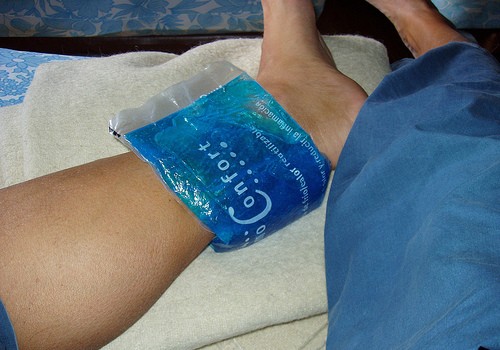
Tendinitis is an Inflamed Tendon or Tendon Sheath
Tendinitis means 'inflammation of the tendons.' Inflamed tendons can be caused by trauma (being hit), or by sudden pulls, but they're most commonly an overuse injury, resulting from using the tendon too much in a particular way; 'tennis elbow,' for instance, is a type of overuse tendinitis. Another common type is de Quervain's strain, tendinitis of the flexor tendons on the thumb side of the forearm, often caused by rowing. Tendinitis can be caused by using a restricted range of motion; as such, mobility and strength are key to avoiding tendinitis, along with adequate rest. Except in very serious cases when steroid injections are used to questionable effect, tendinitis is treated by rest and sometimes compression.
- Important notification about information and brand names used in this slideshow!
- Photo courtesy of Stan Dalone by Flickr : www.flickr.com/photos/miran/209038034/

Groin pull
Groin strain is really a strain of the hip adductor - the muscle that pulls the leg back into the centreline. It's a common sports injury - about 20% of all soccer injuries in the USA are groin strain-related - and it can be frustrating, because it takes so long to heal. However, returning to training or competition too hastily is a good way to ensure that an acute injury becomes a chronic one; rest for at least 5-7 days, and use your own assessment of the symptoms to guide your return to training. Don't mistake a pain-free daily life for a healed groin strain: the stresses are utterly different from playing sports.
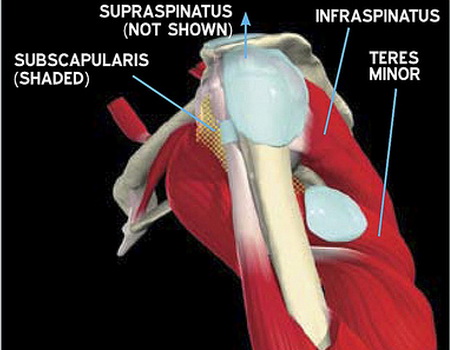
Rotator Cuff Strain Is Usually A Result of Impact or Poor Posture
The rotator cuff is a collection of small muscles in the shoulder complex that act to stabilize the arm and shoulder. The rotator cuff consists of the subscapularis, infraspinatus, supraspinatus and teres minor muscles, all of which are small and highly tendinous. If used in bad postural positions of if overstrained they can become inflamed and while they are very small they are involved in every movement of the arm. Rotator cuff injuries are usually postural in origin and can be treated with a mixture of rehabilitation exercises, painkillers, 'pre-hab' exercises to strengthen the muscles and general postural adjustment; some sufferers report positive results from spinal manipulation therapies and massage.
- Important notification about information and brand names used in this slideshow!
- Photo courtesy of sportEX journals by Flickr : www.flickr.com/photos/sportex/5372031223/

Shin Splints - You Can't Run Away From Them, But You Can Treat Them
Shin splints are a common complaint of distance runners and heelstriking runners generally. They're chronic stabbing pains in the shins, also known as 'tibial pain syndrome.' Shin splints involve muscles and tendons, and the periosteum, the thin layer of material that covers the bone. Between 13% and 20% of running injuries involve shin damage; the best way to avoid them is to not ramp up your training frequency, time, or intensity by more than 10% at once, and to take good care of your lower legs, including mobility and strength exercises, and adequate footwear. If you have shin splints, the treatment is reduced training or rest, compression and painkillers.
- Important notification about information and brand names used in this slideshow!
- Photo courtesy of Matthew Frederickson by Flickr : www.flickr.com/photos/swamifred/3071399087/
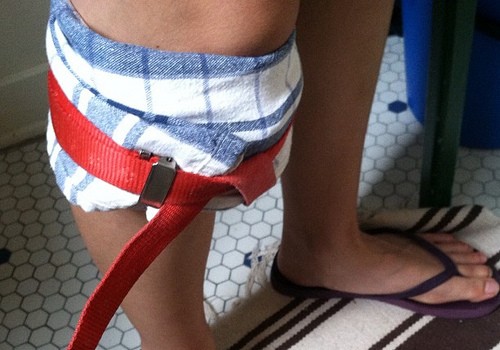
Knee Injuries Plague Sports People - Good Movement Patterns Help
Knee injuries are often caused by shearing (scissor-like) forces: the leg is vertical but the line of force is sideways, with the hips trying to move in one direction and the foot immobilized by the floor in the other. Learning good movement patterns can help reduce the chance of this happening, but it will always remain a risk. Additionally, strong quadriceps, hamstrings and glutes will help reduce the risk of injury, while massage and physiotherapy can help manage existing injuries, together with compression and painkillers.
- Important notification about information and brand names used in this slideshow!
- Photo courtesy of j bizzie by Flickr : www.flickr.com/photos/k9d/7383007246/
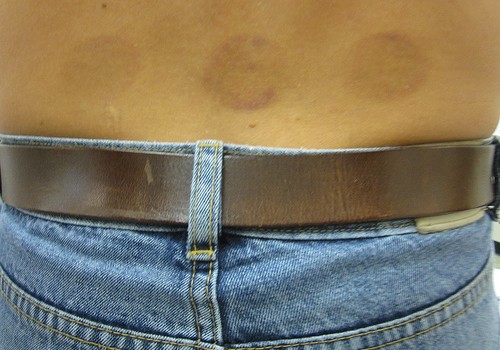
Lower Back Pain- It's Everywhere, Whether It's Caused By Sports Or a Lack of Sports
Lower back pain is the health pandemic of our times; its frequency can be explained by the complexity of the area together with poor posture and insufficient appropriate exercise. About 8 in 10 people will suffer one or more bouts of lower back pain. In sports, low back pain can be caused by damage to the area itself or to muscles that pull on the structures in the area. A good prehab and mobility program together with adequate strength training is the best way to prevent low back pain, while specific rehabilitation exercises can help with existing pain.
- Important notification about information and brand names used in this slideshow!
- Photo courtesy of Bruce by Flickr : www.flickr.com/photos/superfantastic/4910001465/
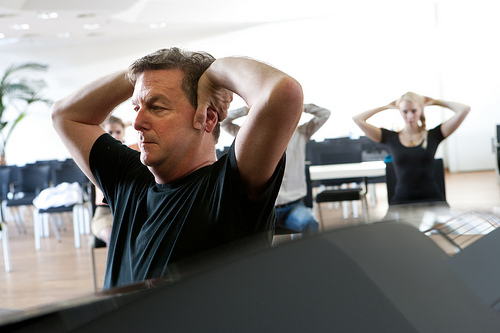
Preventing Injuries Is Better Than Treating Them
A sports injury happens when a structure is unable to resist the forces imposed on it. We can divide these forces into forces from the wrong direction and forces that are too great, and their causes into poor movement patterns and insufficient strength. The best solutions are to implement a program of prehab for any weak spots combined with a general mobility program and adequate strength training; insufficient strength is the major cause of sports injuries, and a solid strength program will provide increased protection from injuries of every sort. Try to build a foundation of strength and then tailor it to your sport: sprinters don't need the same types of protection as quarterbacks.
- Important notification about information and brand names used in this slideshow!
- Photo courtesy of Judit für NEUE STIMMEN by Flickr : www.flickr.com/photos/neue-stimmen/8189637163/
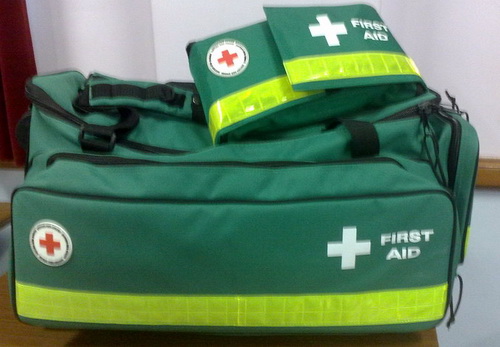
How to Treat Common Sports Injuries - The PRICE of MICE
Treating musculoskeletal injuries often means a short term and a long term strategy. First make sure that the injury is what you think it is: in particular keep observing it for 24-48 hours to check that what you thought was a pulled muscle isn't a sprain or tear, or vice versa. Then use 'PRICE' - Protection, Rest, Ice, Compression, Elevation. The value of icing has been questioned by some and I avoid it, preferring to concentrate on compression. After the acute phase of the injury has passed - usually a couple of days, but check with a doctor if you're in doubt - move on to MICE: Movement, Ice, Compression, Elevation. The movement should be gentle at first. Diving back into your sport as soon as an injury stops hurting is a good way to injure yourself further.
- Important notification about information and brand names used in this slideshow!
- Photo courtesy of Owain Davies by Wikimedia Commons : en.wikipedia.org/wiki/File:British_Red_Cross_First_Aid_Kits.jpg


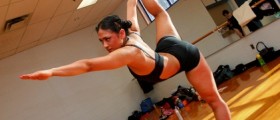
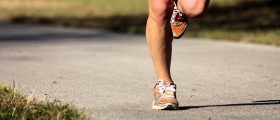


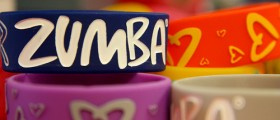

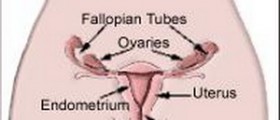


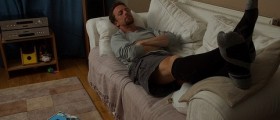
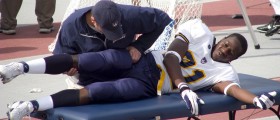


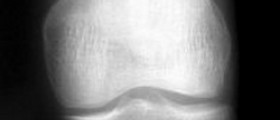

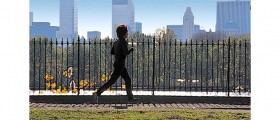
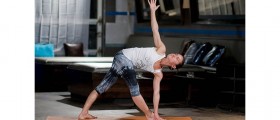
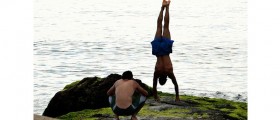
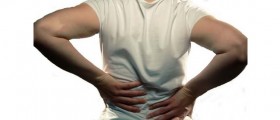


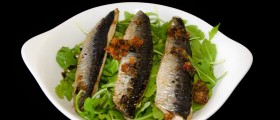
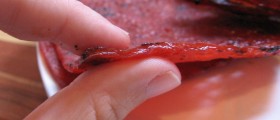
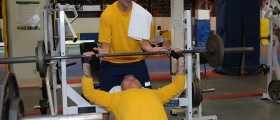
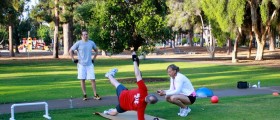
Your thoughts on this
Loading...